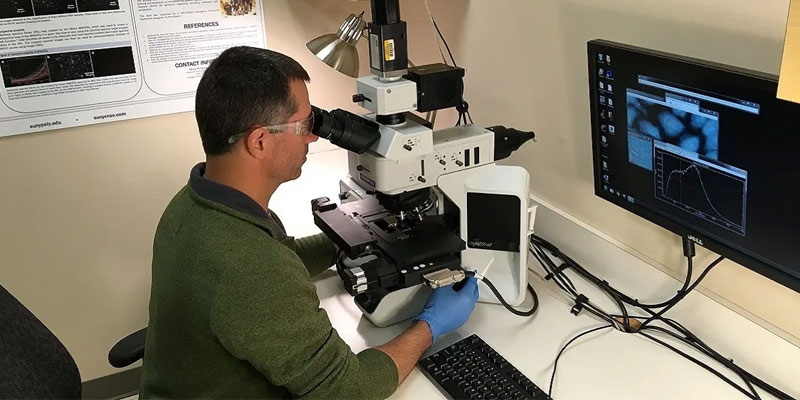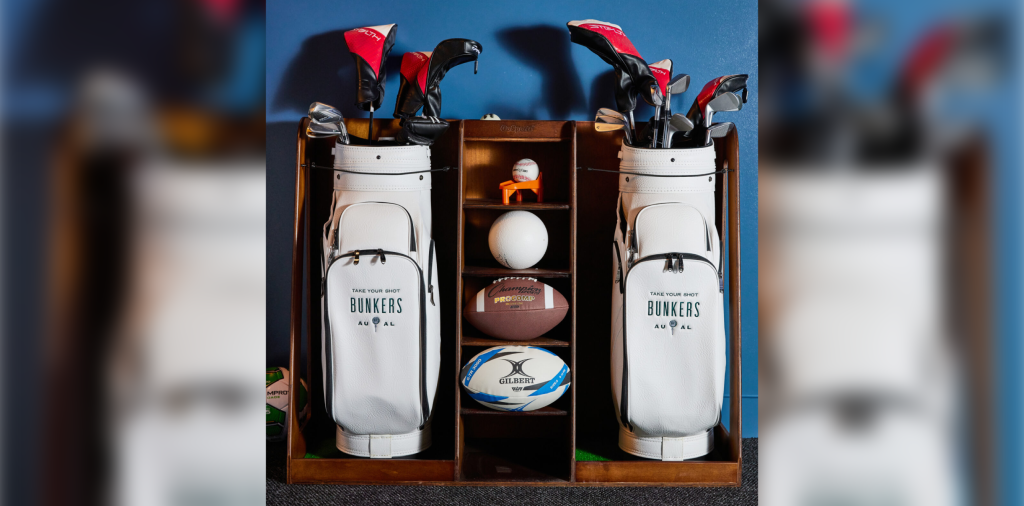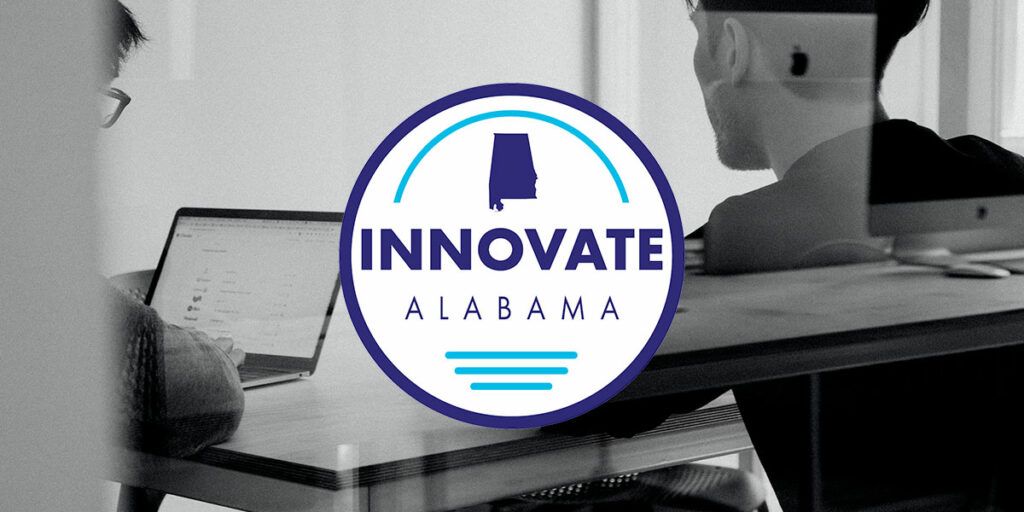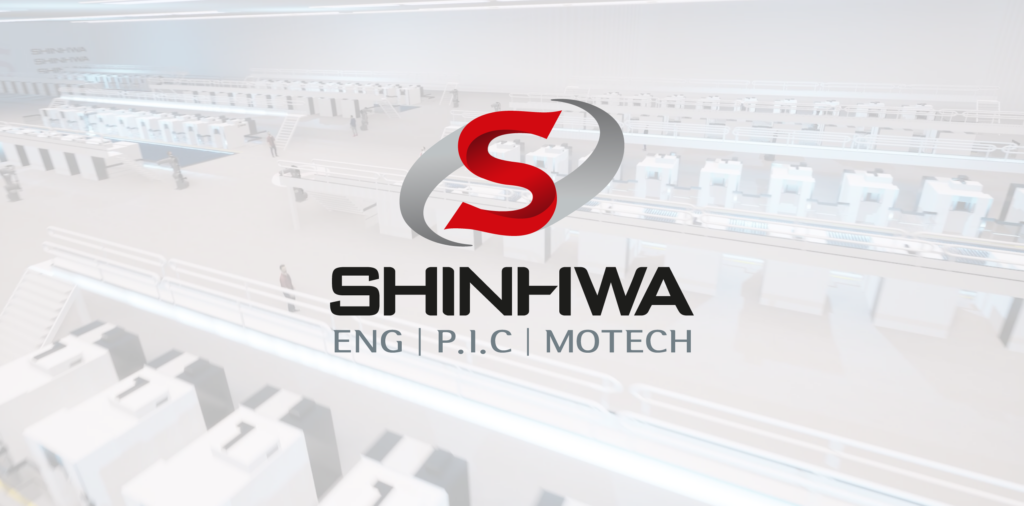Located within The Park at Auburn, the Office of Innovation Advancement and Commercialization (IAC) helps move research to the market. It offers mentorship opportunities to Auburn University researchers and guidance surrounding intellectual property, patents, copyrights and licensing agreements with industry partners – helping shepherd research developments to the marketplace.
“It’s all about the science and the people who make it happen,” said Bill Dean, executive director of the Auburn Research and Technology Foundation (ARTF). “We provide the bridge between research and commercialization.”
A key element in that bridge is funding. One option is LAUNCH, the fund for research innovation at Auburn University. Offered through the IAC, LAUNCH aims to fast-track research and ideas to create tangible products. LAUNCH targets research projects that promise to bolster the regional economy and area workforce. Ultimately, the goal is to identify and nurture projects that generate revenue, which can be reinvested into research and innovation.
“It’s all about a land-grant university giving back to the area,” ARTF Senior Director Cary Chandler said. LAUNCH provides about $100,000 per year through grants. ARTF is seeking funding to maintain and expand the LAUNCH program.
Recently, a team of Auburn University researchers studying a noninvasive breath test for heartworm disease in dogs was awarded $70,000 from the LAUNCH fund. One of the team members, Assistant Professor Lindsay Starkey of the College of Veterinary Medicine Department of Pathobiology, said, “This kind of technology can be beneficial to not only dogs, but to other species for other diseases in the future as well.” The test, similar to a Breathalyzer, detects a chemical in a dog’s breath to prove the presence of the deadly parasite.
Another startup propelled through the IAC commercialization pipeline is CytoViva, a company that combines Auburn’s patented darkfield optical microscopy with high-resolution, hyperspectral imaging. The human eye views color of visible light in three bands; hyperspectral imaging divides it into many more bands, which extends visibility past what the naked eye can see. CytoViva’s technology allows researchers to see living cells interact with new treatments and react in real time with little sample preparation. It’s used to study infectious diseases and tissue engineering, as well as in drug distribution.
Chandler said The Park combines research efforts from various fields of study – from engineering to environmental science, health care and pharmacy to veterinary medicine, business and agriculture – to meet societal needs and market demand. “The goal is to make the area, the state and, ultimately, the world a better place.”
“As long as society exists, research and innovation will continue,” Dean said.
To learn more about The Park at Auburn, please visit thepark.auburn.edu.
(Courtesy of Alabama NewsCenter)













